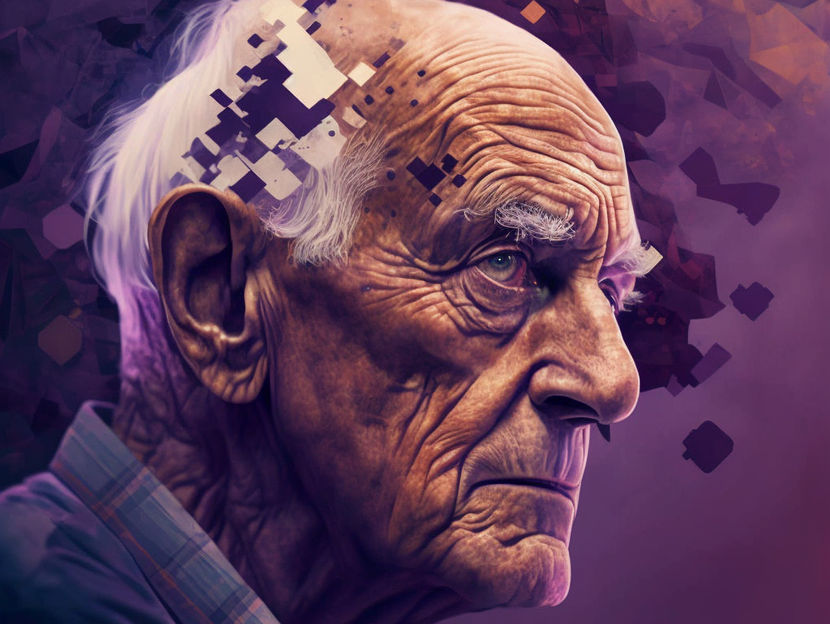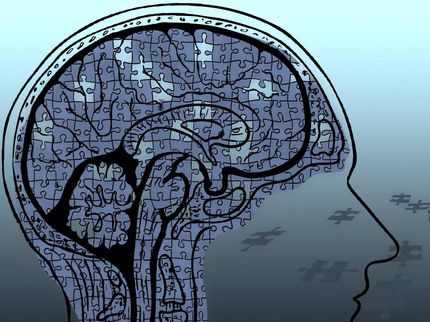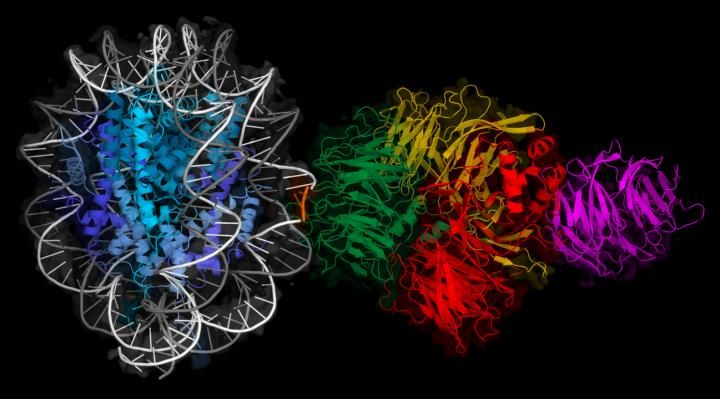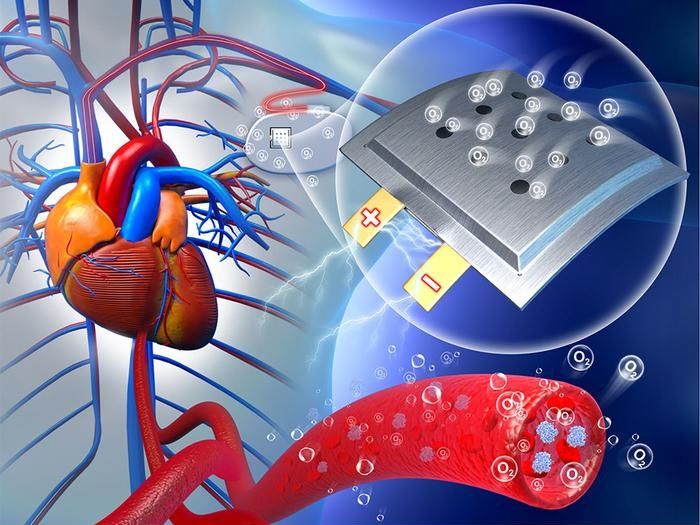AI detects rare forms of dementia
Researchers use new techniques to detect patterns in imaging data and enable early diagnosis
Researchers at MPI CBS and University of Leipzig Medical Center have used new artificial intelligence (AI) and machine learning techniques to detect rare forms of dementia on MRI images. In their study, the researchers show that AI can automatically recognize patterns in patient imaging data that are specific to rare forms of dementia, enabling early diagnosis. They included Alzheimer's disease with memory impairment as well as many other diseases that may be characterized by changes in language, personality or motor function.

Symbolic image
Computer-generated image
Mr. M. noticed at the age of 40 that words no longer occurred to him. This particularly affected rarely used words such as "flipper" or "filler." However, understanding language functioned in everyday professional and private life. He also could no longer remember the names of acquaintances and colleagues. His wife noticed that he no longer listened to her properly and could not switch off from work. What was wrong with him? In the hospital, a decrease in brain volume was detected in the temporal lobe. But what disease was Mr. M. suffering from? An Alzheimer's dementia, but did he have problems with his memory? Yet he was still relatively young - didn't only older people have such diseases? The doctors found out that Mr. M. could not name things shown to him correctly, especially animals. He was unsure which characteristics were typical for certain things, e.g. whether a giraffe has fur or scales. There were also problems with memory.
Matthias Schroeter, who conducts research at the MPI CBS and works as a consultant psychiatrist at the Clinic for Cognitive Neurology at University of Leipzig Medical Center, explains: "Questions such as those posed by Mr. M., a patient in our study, are typical in everyday clinical practice. First and foremost, the question arises as to the correct diagnosis so that the therapy can be adapted to each individual patient and their specific disease. However, in addition to Alzheimer's dementia, which is the best-known neurodegenerative disease and is characterized by impairments in memory, there are very many other diseases that also require a different therapy. These so-called 'orphan diseases,' or rare diseases that can often occur at an early age, require specialized medical centers."
In their study, Schroeter and his colleague Leonie Lampe used new artificial intelligence and machine learning techniques to automatically detect these diseases. The researchers used magnetic resonance imaging (MRI) to analyze the structure of the brains of patients at University of Leipzig Medical Center and from other clinical centers in Germany. They were able to show that rare forms of dementia can be detected early in this way. In addition to patients who had Alzheimer's disease with memory impairment, they also included many other diseases that can be characterized by a change in language, personality or motor skills. "Compared to previous studies, we were not only able to identify diseases very well when compared to healthy individuals, but in addition we were able to identify the specific disease compared to other dementia diseases. This is a decisive step on the way to tailored therapy adapted to each individual affected person and their disease," Matthias Schroeter summarizes.
Mr. M. was eventually diagnosed with a disease of language functions - a semantic variant of primary progressive aphasia. Intensive therapy enabled him to compensate for his problems, so that he can continue to work in his profession as a salesman eight years after the diagnosis. "Even if the course of these diseases progresses, those affected in early stages of the disease can continue to work and manage their daily lives with support. This is why early diagnosis and individual adaptation of therapy measures are crucial," says Matthias Schroeter.
Original publication
Other news from the department science
Most read news
More news from our other portals
See the theme worlds for related content
Topic world Diagnostics
Diagnostics is at the heart of modern medicine and forms a crucial interface between research and patient care in the biotech and pharmaceutical industries. It not only enables early detection and monitoring of disease, but also plays a central role in individualized medicine by enabling targeted therapies based on an individual's genetic and molecular signature.

Topic world Diagnostics
Diagnostics is at the heart of modern medicine and forms a crucial interface between research and patient care in the biotech and pharmaceutical industries. It not only enables early detection and monitoring of disease, but also plays a central role in individualized medicine by enabling targeted therapies based on an individual's genetic and molecular signature.
























































